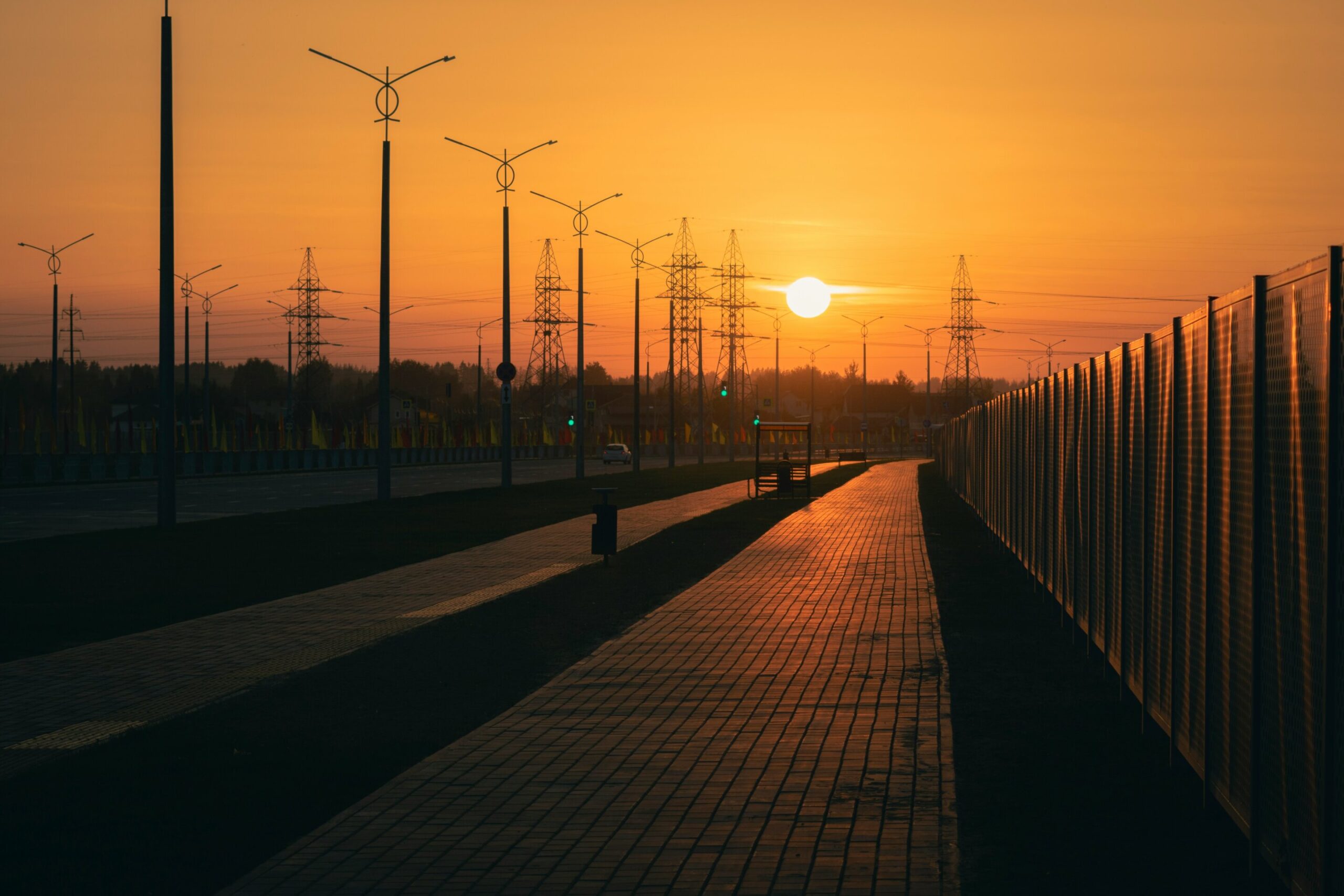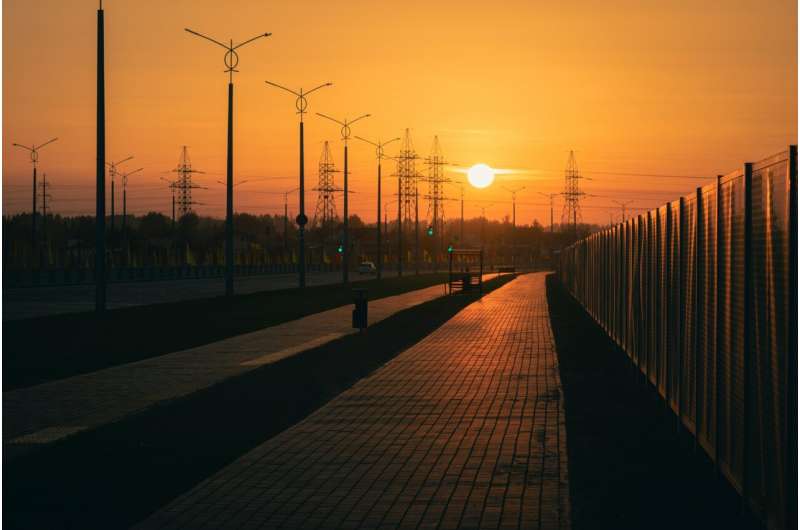

As global temperatures continue to rise, countries in South Asia have experienced increasingly severe heat waves that pose unique challenges to workers—both indoors and outdoors—in the tropical belt.
As early as April this year, many cities in India, including its capital, New Delhi, set record-breaking temperatures above 115 degrees Fahrenheit. Heat waves killed more than 100 people, including dozens of poll workers in India’s six-week election in June, while the scorching temperatures were also responsible for more than 40,000 suspected cases of heatstroke.
“While countries like the U.S. have extensive networks of air-conditioned spaces and robust safety nets, India’s capacity to mitigate the effects of heat waves is limited,” says Teevrat Garg, associate professor of economics at UC San Diego’s School of Global Policy and Strategy and faculty affiliate with the 21st Century India Center and the Deep Decarbonization Initiative. His research focuses on environmental policy and energy transitions in low- and middle-income countries.
High costs and an unreliable electricity grid curtail the use of air conditioning in India. On the hottest days, when the demand for electricity peaks, the grid is often congested, leading to frequent power outages.
Garg is also evaluating the impact of extreme heat on outdoor laborers in neighboring Indonesia, revealing a surprising result: No matter how motivated a worker is, they will reach a breaking point at certain temperatures. In a field experiment, workers were randomly assigned to perform duties in forested and deforested areas in direct sunlight where temperatures were five to seven degrees warmer in comparison.
While workers in the hotter, deforested areas were paid twice as much to perform each task, there was no difference in productivity in either setting.
“It’s not that people are working less hard because they’re just uncomfortable,” says Garg. “Heat actually represents a binding constraint on productivity.”
Heat is also bad for collaboration. Garg and Elizabeth Lyons, a professor of management at the School of Global Policy and Strategy, looked at how warmer conditions impacted cooperation between team members working in indoor settings and in cognitively demanding occupations.
“These occupations are increasingly located in high-temperature regions with limited climate control like India and neighboring countries,” says Garg.
A field experiment in Bangladesh found that individual computer programmers working in warm rooms performed comparably to those in control rooms. However, when teams of people were examined, groups working in warm rooms significantly underperformed compared to groups working in control rooms and individuals working in either temperature setting.
“There’s a breakdown in communication and interaction between workers when it’s hot,” says Garg. “When it’s hot, you’re more irritable and annoyed and therefore less likely to work collaboratively with people, which is essential for creativity and innovation.”
Provided by
University of California – San Diego
Citation:
Extreme heat in South Asia challenges worker performances (2024, October 23)
retrieved 23 October 2024
from https://phys.org/news/2024-10-extreme-south-asia-worker.html
This document is subject to copyright. Apart from any fair dealing for the purpose of private study or research, no
part may be reproduced without the written permission. The content is provided for information purposes only.